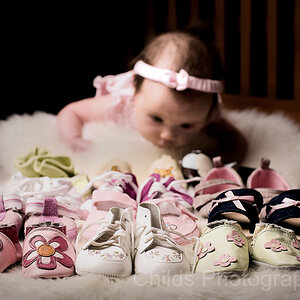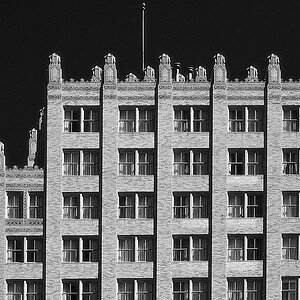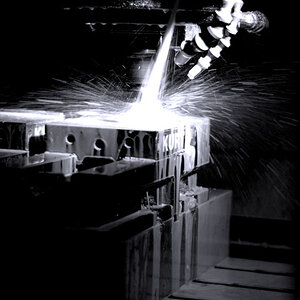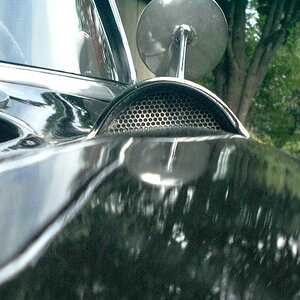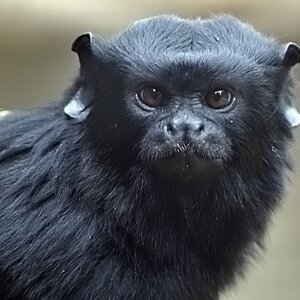Charles Choi
TPF Noob!
- Joined
- Nov 20, 2005
- Messages
- 2
- Reaction score
- 0
Hi guys, I've recently become an owner of a new DSLR.
I've been experimenting with multiple exposures, without much luck.
My first series of photos were done with a shoe on a plain surface. I exposed five times, with the shoe in a different position (accross) the frame each time.
My problem comes when the camera captures the shoe, but then effectively replaces the image of the shoe with the colour of the plane surface. Ultimately, the first image becomes extremely faint.
Anyone have any ideas to maintain the capture of the first image so that it's only relatively weaker to the last (and not so faint)?
I've been experimenting with multiple exposures, without much luck.
My first series of photos were done with a shoe on a plain surface. I exposed five times, with the shoe in a different position (accross) the frame each time.
My problem comes when the camera captures the shoe, but then effectively replaces the image of the shoe with the colour of the plane surface. Ultimately, the first image becomes extremely faint.
Anyone have any ideas to maintain the capture of the first image so that it's only relatively weaker to the last (and not so faint)?




![[No title]](/data/xfmg/thumbnail/33/33496-cbbeddf3051451b7c3d3db2cd5ed1dc0.jpg?1619736004)
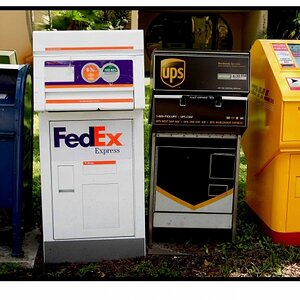
![[No title]](/data/xfmg/thumbnail/40/40286-86401b94de8b01bea8bb4ea154aaea0a.jpg?1619739408)
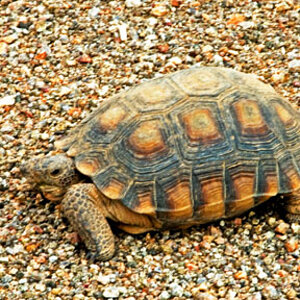
![[No title]](/data/xfmg/thumbnail/33/33493-f055dbbe7f00f271d3959dd3a6482165.jpg?1619736004)
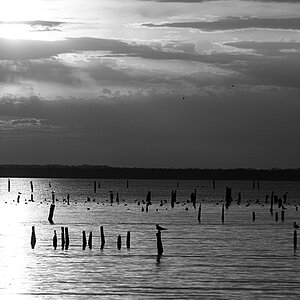
![[No title]](/data/xfmg/thumbnail/33/33495-c9bffdaa44506a6169a2faff5c7e086e.jpg?1619736004)
